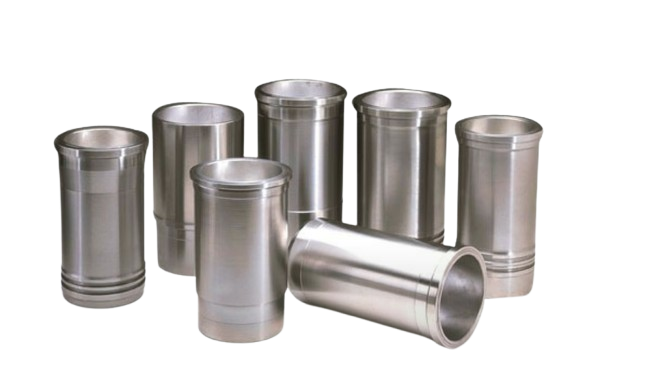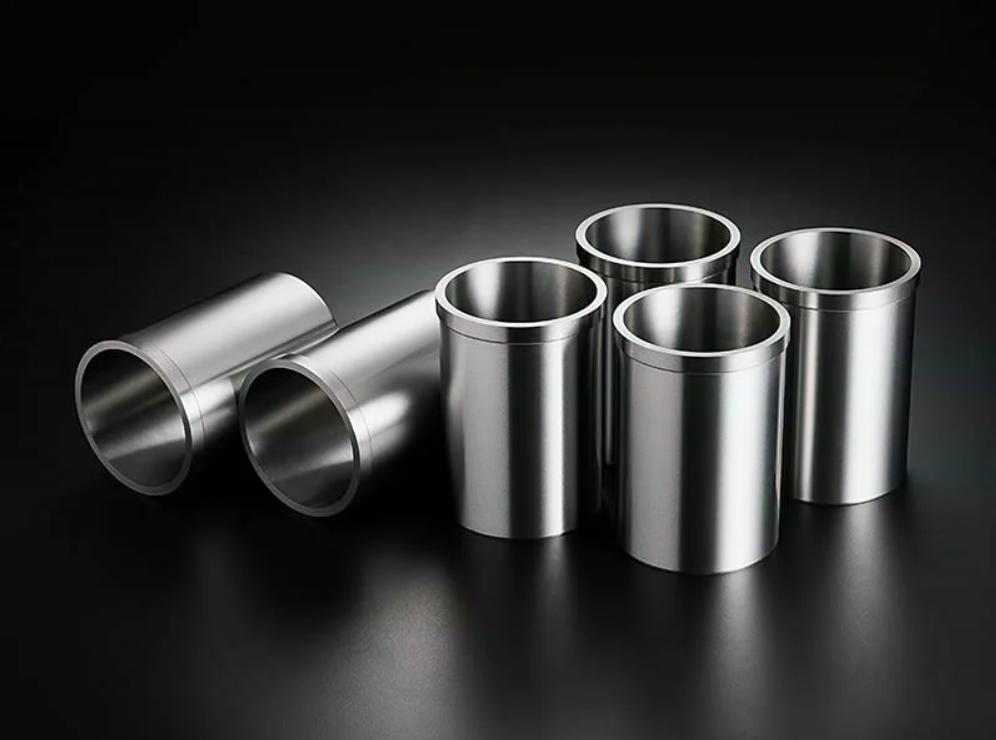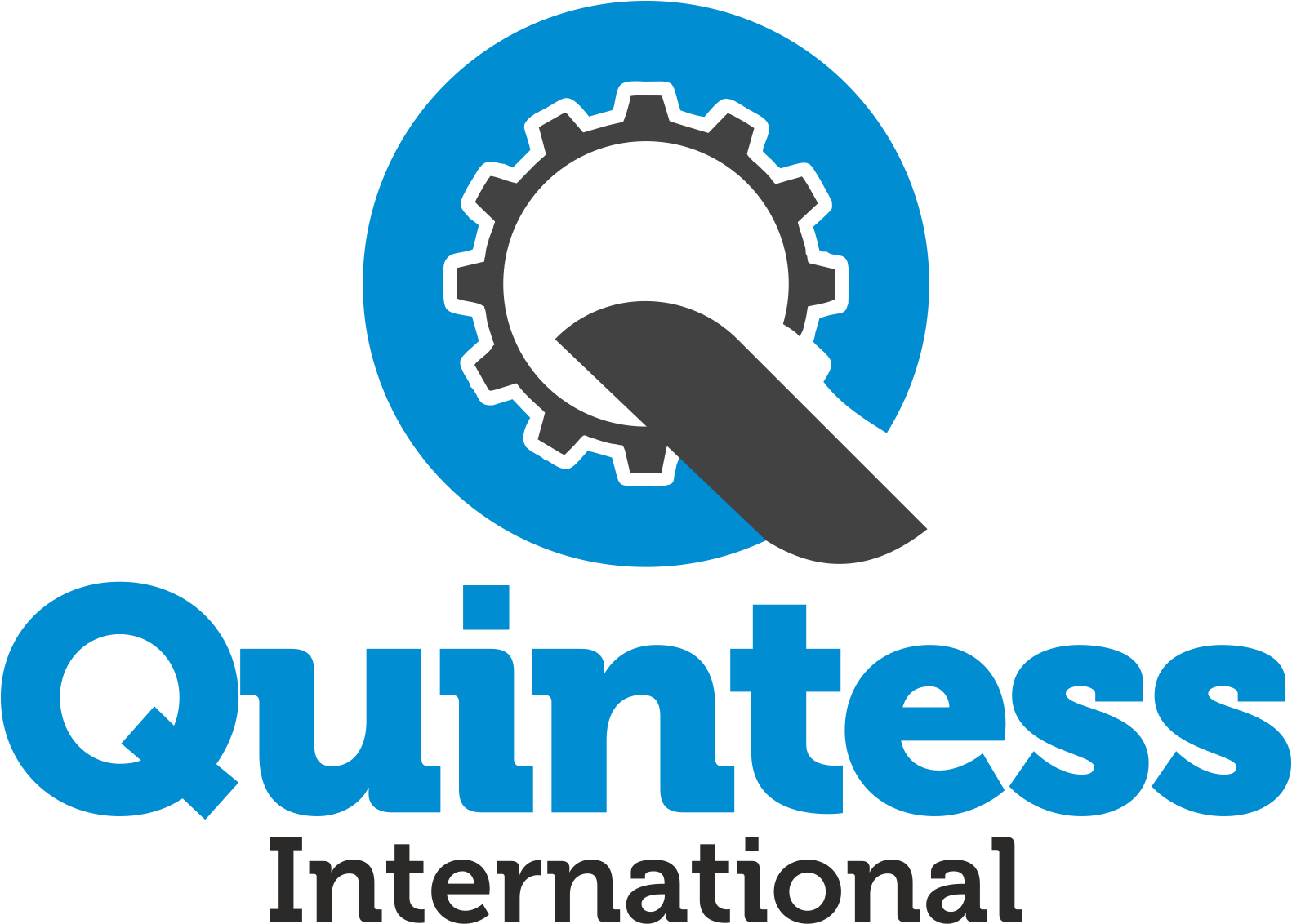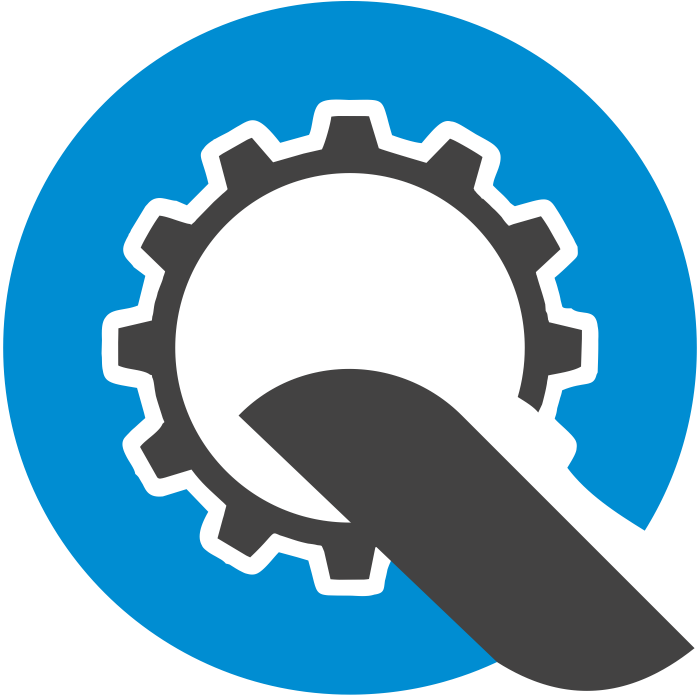
Cylinder liners play a crucial role in engine performance and durability, acting as the contact surface for pistons and providing essential protection to the cylinder block. For importers seeking top-quality cylinder liners, Quintess International stands as one of India’s leading suppliers, specializing in a wide array of cylinder liner types tailored for various engine requirements. In this blog, we’ll dive into everything an importer needs to know, from materials and manufacturing to FAQs that address common importer concerns
Understanding Cylinder Liners
A cylinder liner, also known as an engine cylinder liner or cylinder sleeve, is a vital component of an internal combustion engine. Specifically, it serves as a protective shell between the piston and cylinder walls; consequently, it prevents wear and heat damage to the cylinder block. Moreover, Quintess International’s liners are crafted from high-grade materials like cast iron, steel, and composite metals. In addition, they are designed to maximize durability and efficiency in demanding conditions.
Why Cylinder Liners are Essential in Engines
Cylinder liners ensure smooth engine operations by minimizing abrasive wear and facilitating efficient cooling. Liners are available in wet and dry types, each with specific applications depending on the engine’s structure. Wet cylinder liners come in direct contact with coolant, aiding in heat dissipation, while dry cylinder liners fit tightly within the cylinder block and are used in engines with no direct cooling requirements around the liner. Proper selection and maintenance are crucial to avoid common issues like cylinder liner cavitation or scuffing.
Types of Cylinder Liners
Wet Cylinder Liners – Known for direct coolant contact, effective for cooling in high-temperature engines.
Dry Cylinder Liners – Used when a tighter fit and simpler maintenance are required.
Finned Cylinder Liners – Designed for superior heat transfer and used in specialized engines.


Key Features of Quintess International’s Cylinder Liners
Our cylinder liners are available in a variety of specifications to suit a wide range of engines. Whether it’s for diesel engines, compressors, or specialized marine diesel engines, we offer liners with features such as:
- Precise measurement and tooling for perfect fit and performance.
- High scuffing resistance to minimize wear.
- Customizable options, including height gauges and specialized seals for unique engine models.
Why Import Cylinder Liners from India?
- India is a global hub for high-quality automotive components, including automotive cylinder liners and cylinder sleeves. With cost-effective production and stringent quality standards, Indian suppliers like Quintess International offer a competitive advantage for importers. Our liners are crafted from the best cylinder liner material, ensuring long-lasting performance in diverse applications.
- Quintess International’s cylinder liners have a proven track record of reliability and are suitable for everything from compact track loaders to marine diesel engines. As a leading cylinder liner manufacturer in India, we’re dedicated to providing superior products that meet the needs of international clients. Contact us today to learn more about our product range, including custom cylinder liner kits, diesel engine cylinder liners, and more.
Key FAQs About Cylinder Liners
1. What is the difference between a cylinder liner and a cylinder sleeve?
The terms “cylinder liner” and “cylinder sleeve” are often used interchangeably. In fact, both refer to the same component that lines the engine cylinder to provide a hard surface for the piston to move against. However, in some regions, a sleeve might imply a thinner liner used as a repair part. Conversely, a “liner” typically refers to an original component in engine construction.
2. What causes cylinder liner wear, and how can it be prevented?
Cylinder liner wear is primarily caused by friction, inadequate lubrication, and contaminants. Thus, proper lubrication, regular inspection, and high-quality materials help minimize wear. Additionally, wet liners also aid in managing engine temperature, thereby reducing excessive friction.
3. Can cylinder liners be replaced or repaired?
Yes, cylinder liners can be replaced or repaired depending on the extent of wear or damage. In cases of severe damage, a liner puller may be used to remove the old liner, and a new one can be installed. For minor wear, re-honing or reconditioning can often restore the liner’s surface.
4. What are the signs of a cracked cylinder liner?
Symptoms of a cracked cylinder liner include, for instance, coolant leaking into the combustion chamber, as well as white exhaust smoke, engine overheating, and loss of engine power. Moreover, cracks can develop due to high thermal stress, poor cooling, or, alternatively, manufacturing defects.
5. What is cylinder liner cavitation, and how does it affect performance?
Cavitation occurs when, specifically, vapor bubbles form in the coolant around a wet cylinder liner and then collapse, consequently causing pitting and erosion on the liner’s surface. Furthermore, over time, cavitation can create holes in the liner, which ultimately leads to coolant leaks and reduced engine performance. However, anti-cavitation additives in the coolant can help prevent this issue.


